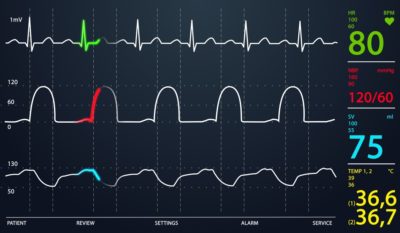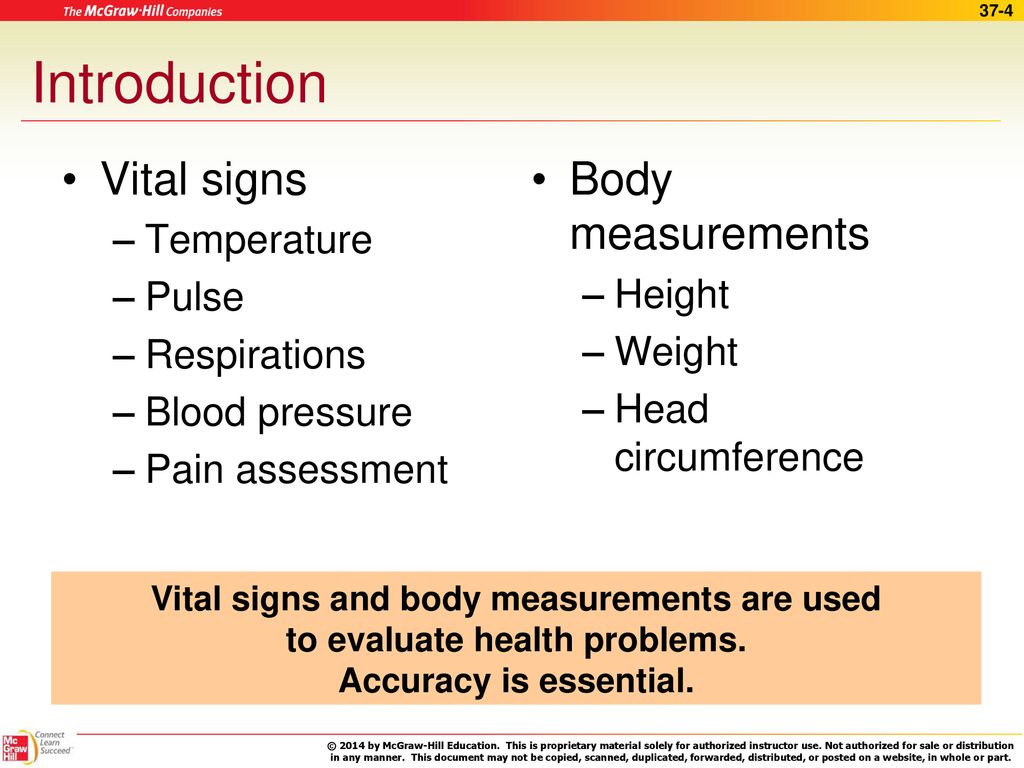What Are The Five Vital Signs That Are Regularly Monitored
These are not the only vital signs that can be monitored. The four main vital signs routinely monitored by medical professionals and health care providers include the following.

Vital Signs What Do They Reveal The Apprentice Doctor
It is very important to know your vital signs which include body temperature pulse rate respiratory rate and blood pressure.

What are the five vital signs that are regularly monitored. So what are vital signs that you should be monitoring. While there are guidelines for what is considered normal vital signs each of us is unique. Hannah Yeakle Chapter 13 review.
Your pulse rate blood pressure respiratory rate weight and temperature are. Any other vital signs that would be measured are usually. However as patients hospitalised today are sicker than in the past these vital signs may not be adequate to identify.
So what are vital signs that you should be monitoring. Normal body temperature can range from 978 degrees Fahrenheit 365 degrees Celsius to 99 degrees F 372 degrees C for a healthy adult. Vital signs are measurements of the bodys most basic functions.
Changes in vital signs often signal cardiovascu-lar instability. This is because high and low blood pressure are indications of. Vital signs are measurements of the bodys most basic functions.
Body temperature pulse rate respiration rate and blood pressure. Adult vital signs need to be measured far more often than at your doctors visit. Abrupt loss of vision strength coordination sensation speech or the ability to understand speech.
Blood pressure is a key vital sign to obtain and it seems everyone is worried about their blood pressure. ViTAL SigNS Temperature pulse respiration blood pressure and pain are the five main vital signs regularly monitored in healthcare settings. The eight vital signs of patient monitoring Abstract Nurses have traditionally relied on five vital signs to assess their patients.
View Assignment - Chapter 13 reveiwdocx from NUR 101 at South Piedmont Community College. The four classic vital sign measurements are temperature pulse respirations and blood pressure. Accurately measuring vitals signs is an essential aspect of resident care.
Country s It is very important to know your vital signs which include body temperature pulse rate respiratory rate and blood pressure. If your oxygen saturation is low lets say 89 or your condition is serious oxygen will be given through your nose or a mask. These vital signs can reveal a lot about a residents condition and are often the first indicators of illness or disease.
Incorrect Cuff Size and Location. Signs are regularly measured and recorded in. The five vital signs are regularly monitored.
When routinely monitoring patients on general care floors there are 5 primary vital signs that medical professionals check. There are many errors that novices and even some experts can make when taking vital signs but these 5 errors will help any member of the medical team to provide accurate measurements. Sudden dimness of vision especially in one eye.
There are four main vital signs that are regularly monitored by medical professionals these include. These symptoms may become worse over time. The Four Vital Signs.
Hospitalized patients even among those who. Temperature pulse blood pressure respiratory rate and oxygen saturation. In certain cases oxygenation is also monitored as part of your respiratory assessment.
Our age weight and medical. A high fever may be present but some patients develop only a low-grade fever when infected. Evaluation of vital signs will provide some initial information regarding a possible infection.

Pdf Homoeostasis And Vital Signs Their Role In Health And Its Restoration

Vital Signs And Measurements Ppt Download

Homoeostasis And Vital Signs Their Role In Health And Its Restoration Nursing Times

The 5 Most Important Patient Vital Signs